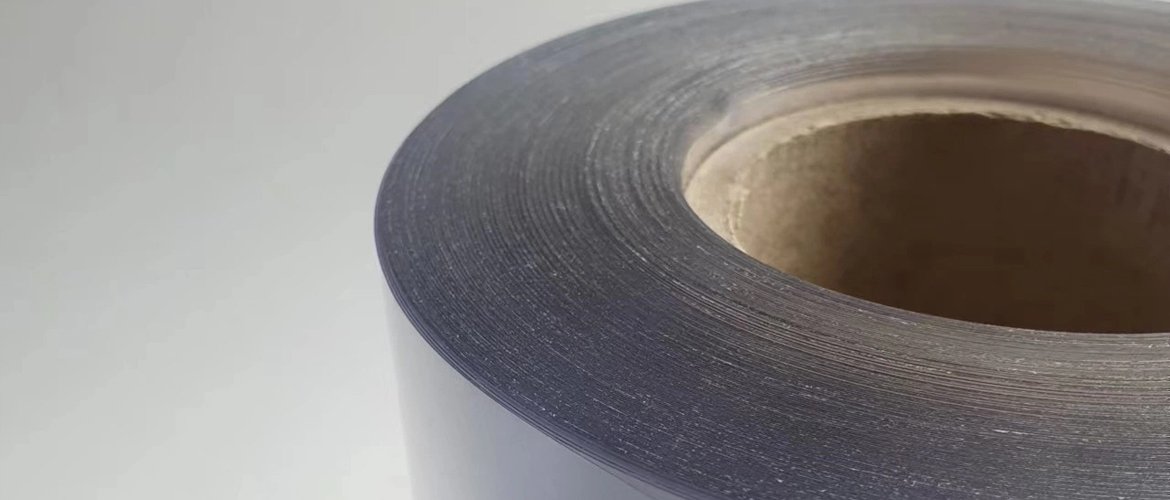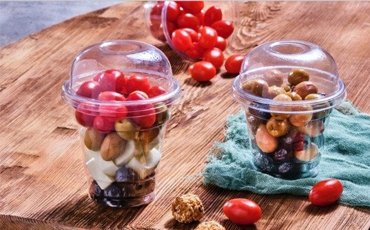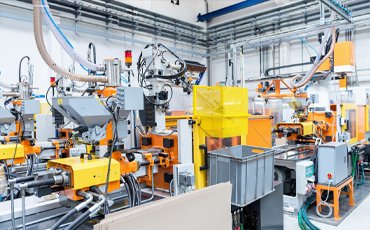Polietilen Tereftalat (PET):
An Environmentally Friendly Material
Polyethylene terephthalate (PET) is a frequently used type of plastic and has a wide range of uses in many industries. PET is known for its durability, transparency, lightness and flexibility. It is used in many products, from liquid beverages to food packaging, from textile products to medicine bottles. However, PET has gained an important place not only with its usage area but also with its recyclability.
The Importance of RecyclingPET is a material that can be recycled into new products. Recycling contributes to reducing waste, protecting natural resources and saving energy. Recycling PET helps reduce the negative impact of plastic waste on the environment and creates a sustainable cycle.
Recycling Process of PETThe PET recycling process is quite impressive and consists of several steps:
Collection: Used PET products are collected in recycling facilities. These items can be collected from homes, businesses or public transportation.
Sorting: Collected PET products are separated into different categories such as plastic bottles, containers and other products. At this stage, other types of plastic are separated from PET.
Washing and Grinding: Separated PET products are washed and ground to remove dirt and break them into small pieces.
Melting and Extrusion: Ground PET pieces are melted and injected or extruded into molds to create new forms. This stage enables the production of recycled PET granules.
Reuse: The resulting recycled PET granules can be used in the production of new products. These products include textile fibers, packaging materials, carpets, clothing and more.
Polyethylene Terephthalate (PET):
Physical and Chemical Properties
Polyethylene terephthalate (PET) is a thermoplastic polymer with a wide range of uses. PET's unique physical and chemical properties enable it to be used in many industries.
Physical Characteristics:
Density: PET has a density of approximately 1.38-1.40 g/cm³. This shows that PET is a lightweight but durable material.
Melting Point: The melting point of PET is approximately 250-260°C (482-500°F). This indicates that PET is resistant to high temperatures.
Color and Transparency: PET can be naturally transparent or opaque. Colorless PET is often used in transparent applications such as beverage bottles, while colored PET can be used in a variety of packaging or textile products.
Flexibility and Strength: PET has high strength and flexibility properties. This shows that PET is durable and easy to shape.
Chemical Properties:
Chemical Resistance: PET is resistant to acids, bases and various chemicals. This property enables PET to be used in a wide range of industrial applications.
Water Resistance: PET is resistant to water and has low moisture permeability. This property allows PET to be used in water-contact applications such as food packaging.
Heat Resistance: PET is resistant to high temperatures and can be stabilized against heat. This allows PET to be used in high temperature applications such as hot fill processes.
Tensile Strength: PET has high tensile strength. This feature allows PET to be used in the production of long-lasting and durable products.
Recyclability: PET is a recyclable material and can be used over and over again without chemically breaking down during the recycling process. This feature makes PET an environmentally sustainable material.
These properties enable PET to have a wide range of uses and to be widely preferred in industrial applications.





 Türkçe
Türkçe